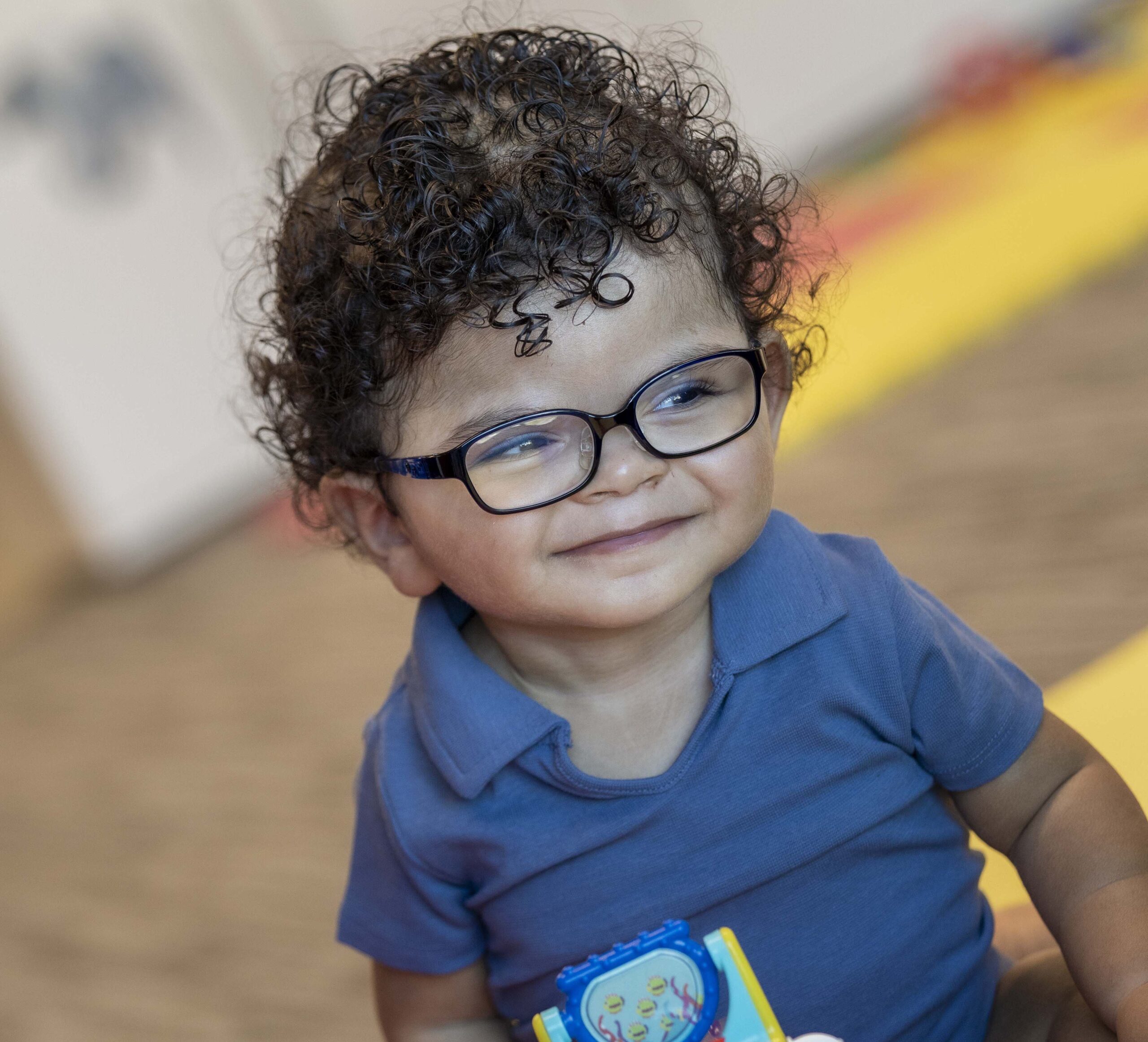07.19.2024
By uscbknpt
New Grant Will Help Implement Early Identification of Developmental Challenges

USC researcher Stacey Dusing plans to train healthcare providers, help screen for adverse childhood events and standardize infant early detection practices across hospitals and clinics.
BY KATHARINE GAMMON
For babies who have cerebral palsy and other developmental challenges, early detection and intervention can make a world of difference — but it’s challenging to know which infants may be at risk.
While all primary care providers can screen for developmental delays, special training is needed to identify babies with early signs of cerebral palsy or other difficulties, because the signs are subtle. But not all providers even know it is possible to identify those at the highest risk in the first 6 months of life, before they are delayed.
That’s the problem that Sykes Family Chair in Pediatric Physical Therapy, Pediatric Health and Development Stacey Dusing hopes to solve. Dusing has received a Department of Health Services-USC Safety Net Innovation Award by the Southern California Clinical and Translational Science Institute to help expand inform primary care providers on the importance of and procedures for early detection of cerebral palsy across all eligible DHS hospitals.
Working Hand in Hand with DHS
The local story for Dusing started three years ago, after moving here from Virginia she started to build a team to help identify the stakeholders in Los Angeles who were interested in improving early detection of cerebral palsy. Dusing and a DHS neonatologist collaborated with stakeholders across Los Angeles to built a network called the Early Identification and Implementation for Infants (EI3) Network of Los Angeles.
This new grant opportunity, partnering with the Department of Health Services is important because infants born in a DHS hospital are more likely to be born premature — at 12 percent versus 9 percent for L.A. County overall. Babies born prematurely, with early medical complications or neonatal brain injury are at high risk for developmental challenges.
“The goal for the DHS grant is to implement the early detection guidelines for cerebral palsy. Something that all EI3 agreed needed to be done,” said Dusing, an associate professor at the USC Division of Biokinesiology and Physical Therapy. “The goal of the project is to walk through all the procedures in the system — how do we modify care within the DHS system? That’s what we’re looking towards.”
Right now, there is a system of DHS high-risk infant follow-up clinics that are meant to do developmental assessments and care coordination for more than 1,000 DHS-born infants each year. The problem, though, is the lack of standardization across these clinics — and many primary healthcare providers are not aware how early we can not identify infants there who need extra help and refer them to specific evidence-based intervention programs.
Dusing says assessing for cerebral palsy is specialized and takes additional training. One of the EI3 network’s goals is to provide evidence-based education to all DHS primary care providers on the benefits of early identification and how and where to initiate appropriate referrals. They expect to reach more than 250 primary care providers and benefit 160 new babies who are going to high-risk clinics, alongside a continuing caseload of 480 patients seen annually during the first three years of life.
Improving Identification for Targeted Interventions
“If we can improve assessment and identification, then it’s easier to roll out the intervention pieces,” Dusing explained. “We’re currently working on separate projects related to intervention including both clinical trials and implementation work with community partners.”
Another goal of the grant is to ensure that all families and children are screened for adverse childhood experiences — stressful or traumatic events that can happen to children up to the age of 17 and significantly impact health and well-being for the life course. Knowing more about a family’s history can help inform care. It can also give families and children access to enhanced care coordination services, said Christiana Butera, an assistant professor of research and project manager of the new grant. “ This work addresses multiple levels of catching at-risk families and babies as early as possible, and in all the different places where they may show up in the healthcare system.”
Dusing’s ultimate goal is to help reform how early intervention works in California. She explained that treating babies from birth until 6 months or a year, is not the same as treating 1- to 3-year-olds. “We really need to have specialized care for really young babies who are at known biological risk so that we can get kids screened by providers who know how to do assessments on really young kids.”
Learn more about the EI3 network at steps2home.org and follow us on Instagram at Steps2HomeByEI3.

